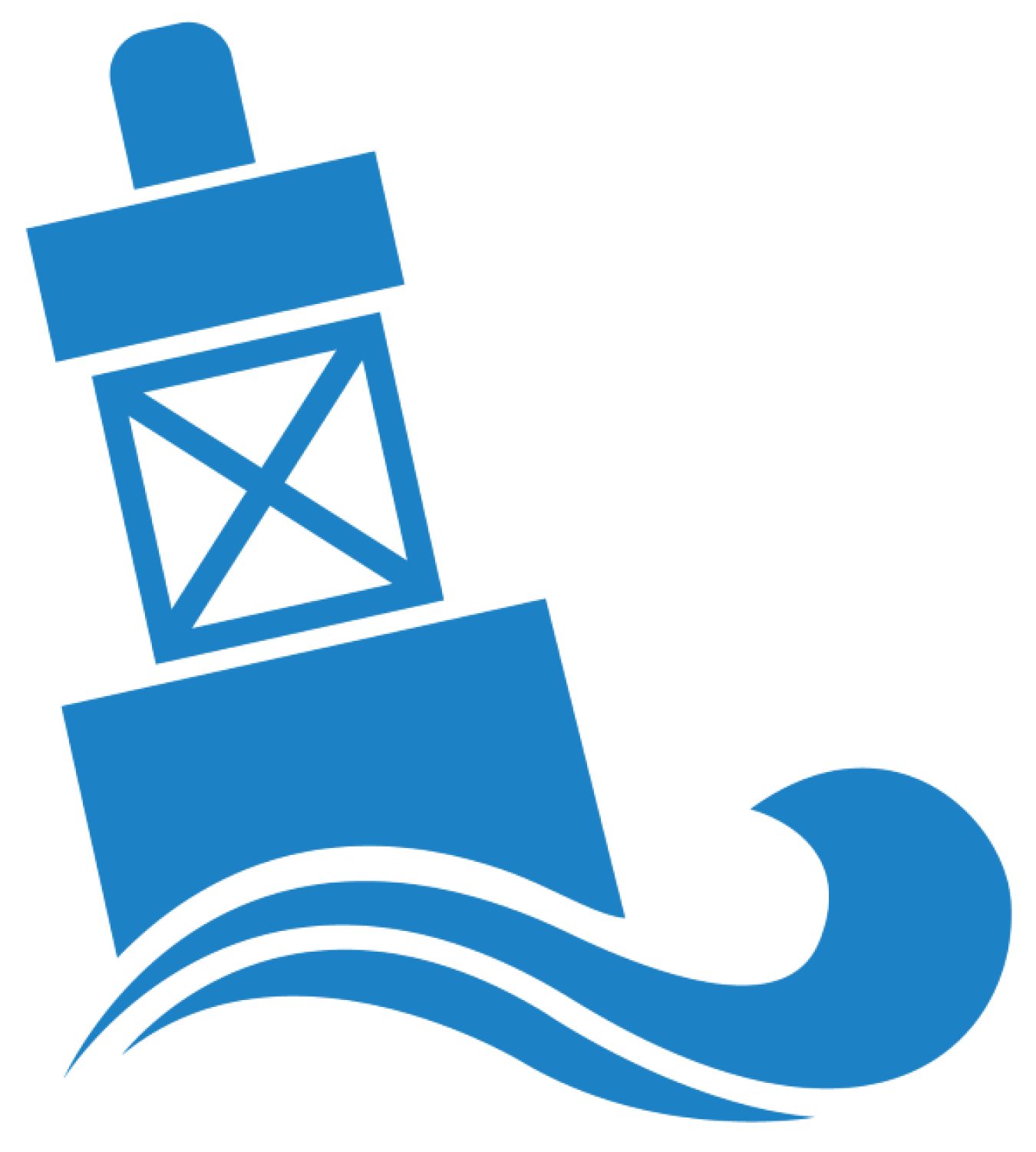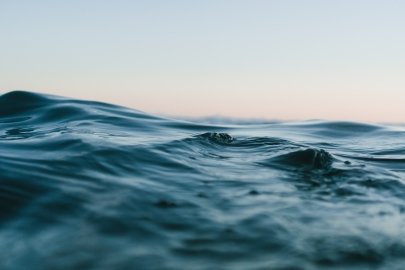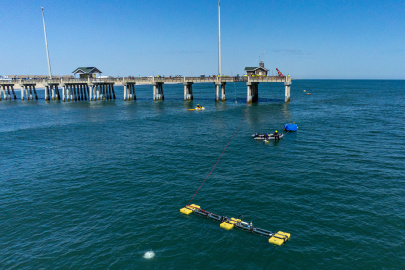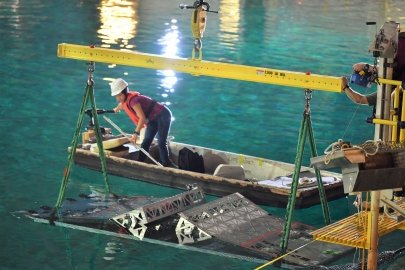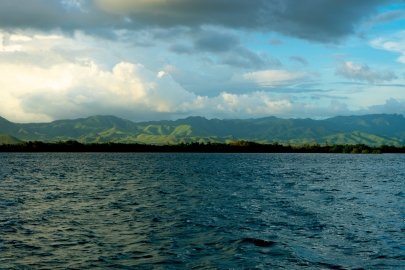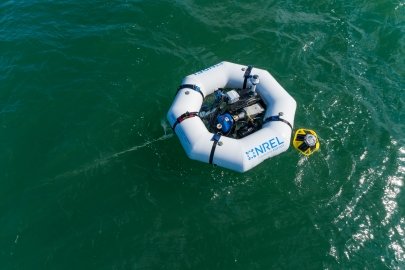The National Renewable Energy Laboratory, Pacific Northwest National Laboratory, and Sandia National Laboratories designed and upgraded existing test assets and installed new world-class testing infrastructure to advance marine energy technologies.
Water Power Technologies Office
March 1, 2023Marine Energy Program
Reducing Barriers to Testing
Project Name: Long-Term, Laboratory-Wide Facilities and Infrastructure Upgrades Strategy for Marine Energy
Project Team: National Renewable Energy Laboratory, Pacific Northwest National Laboratory, and Sandia National Laboratories
Lead Recipient Location: Golden, Colorado; Sequim, Washington; Albuquerque, New Mexico

As part of a $7.1 million investment in marine energy testing infrastructure, the National Renewable Energy Laboratory (NREL), Pacific Northwest National Laboratory (PNNL), and Sandia National Laboratories (Sandia) designed, upgraded, or installed new world-class testing infrastructure to advance marine energy technologies.
NREL’s new wave tank will enable early-stage, proof-of-concept testing for wave energy devices. This tank, combined with NREL’s manufacturing capabilities, will enable a rapid design and test cycle to verify the viability of marine energy devices at a small scale. In 2022, the team installed and began operating the tank. Next, NREL researchers will undertake a demonstration project that involves designing, manufacturing, and testing a model wave energy device in the tank.
PNNL’s plug-in hybrid research vessel, the R/V Resilience, will enable future research and testing to support harvesting renewable power from the ocean and advance long-term opportunities for energy innovation and decarbonization of marine transportation. Vessel construction is 35% complete. The vessel is equipped with a diesel engine and a parallel hybrid-electric 374 kW propulsion system. When operating in battery-electric mode, the vessel will be nearly silent and less intrusive for studying fish and other wildlife.
Sandia designed a line testing facility that could be used to validate the performance and test the long-term durability of power take-off mooring lines, belts, and umbilical cables for marine energy devices. Fifteen industry representatives provided input—including feedback on types of testing, the forces required, and materials needed—which informed the final test stand design.
WPTO's Marine Energy e-newsletter shares news and updates on tools, analysis, and emerging technologies to advance marine energy.
The WPTO e-newsletter brings funding opportunities, events, publications, hydropower, and marine energy updates directly to your inbox.


